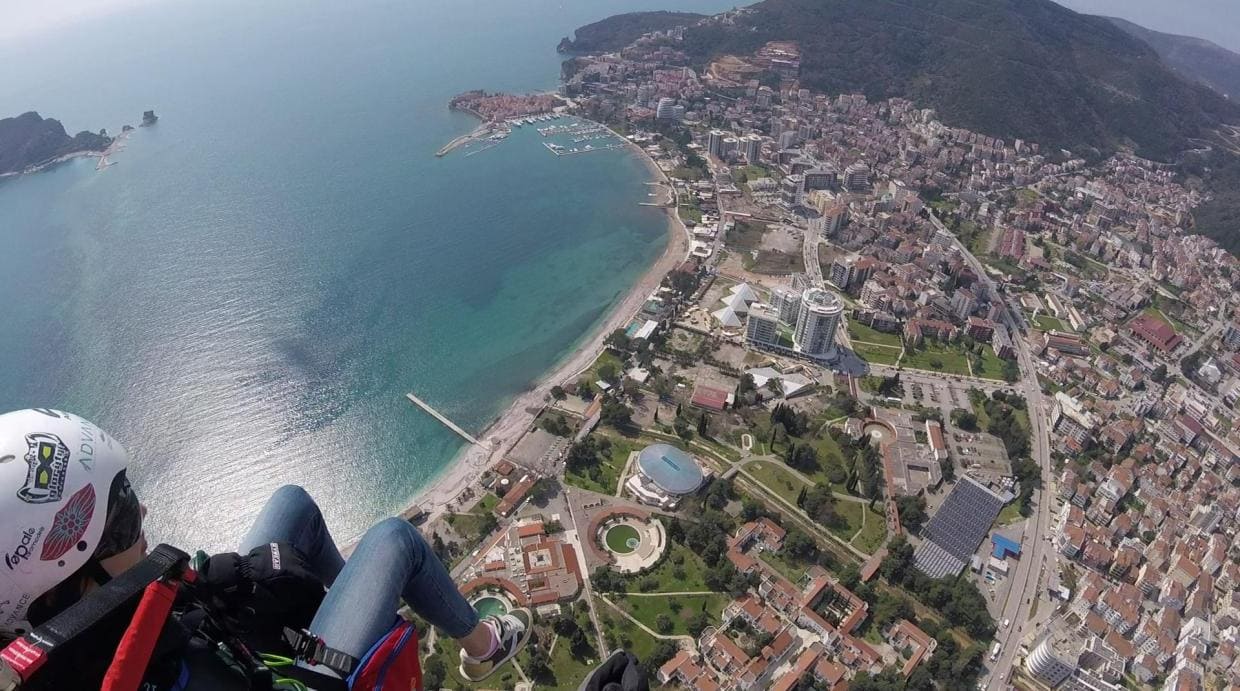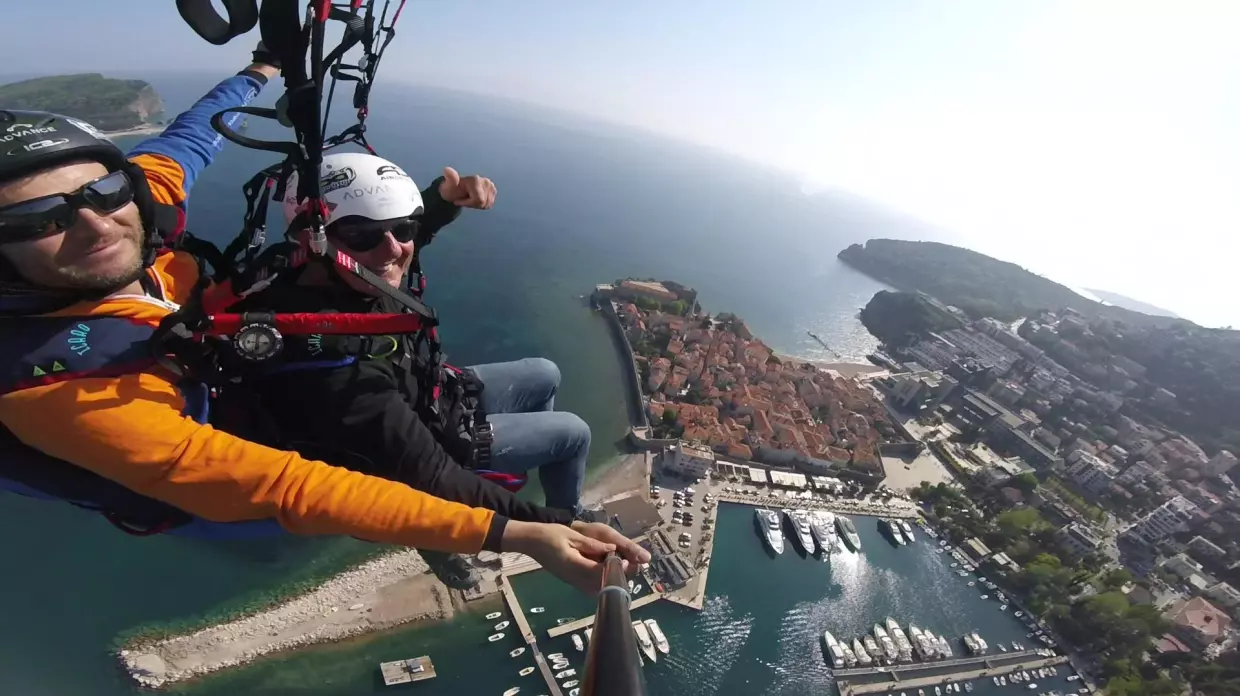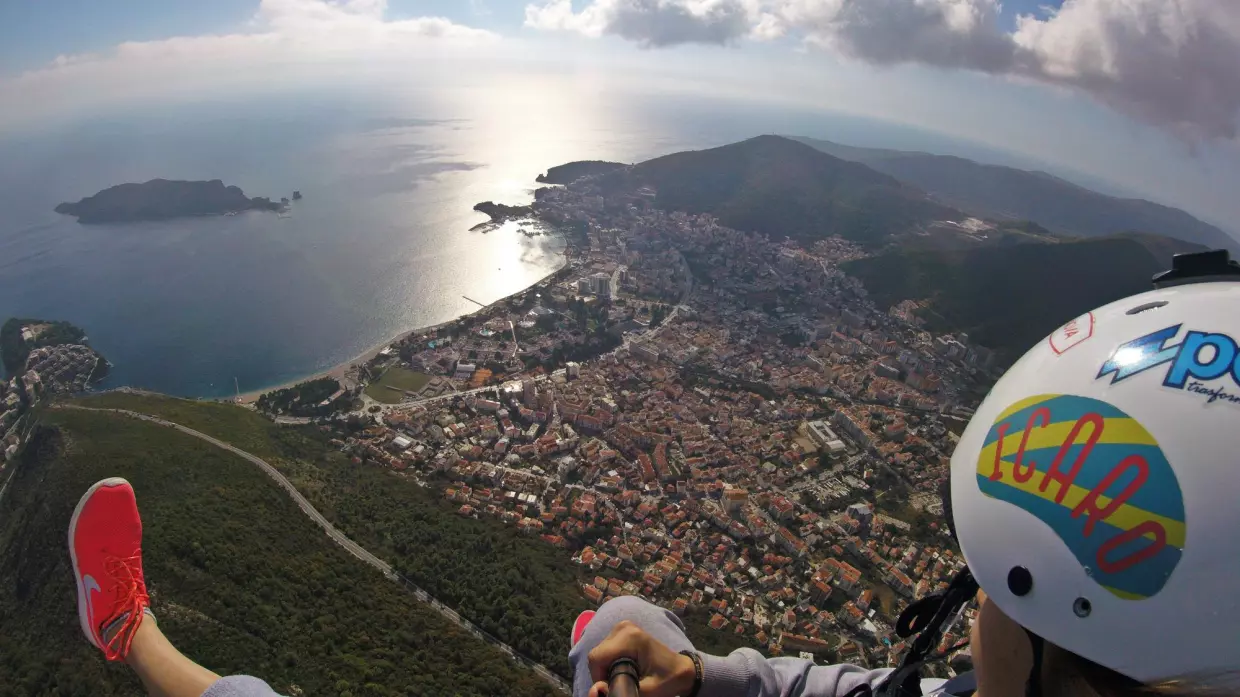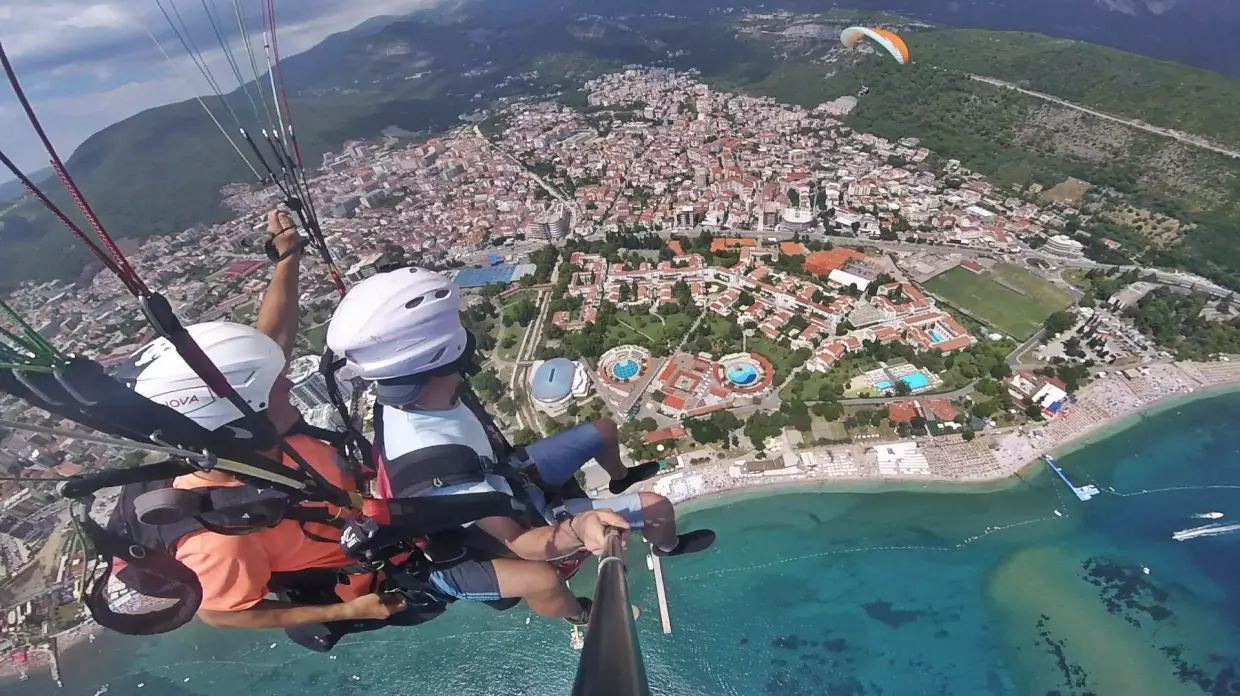
Travel to Budva
Budva is a resort city located on the Adriatic coast. It is famous for its beautiful sandy beaches, magnificent nature, and Mediterranean architecture. The town is actually a tourist centre in Montenegro.
It's better to start your trip around Budva by visiting its old town. Here, tourists can see many beautiful Venetian buildings, old churches and houses, cosy cafes, and well-kept flower beds.

The main attraction of Old Budva is the local Citadel, which is a medieval fortress built in the 15th century. It has the shape of an irregular polygon. On the territory of the fortress, tourists can see the magnificent castle, visit the Maritime Museum and the Library, and admire the city's panorama from its walls. In addition, visitors are advised to visit the Church of Santa Maria in Punta, built in the 8th century. The building was rebuilt many times over, including reconstruction. As a result, a unique and unlike other architectural styles was formed. It is noteworthy that the central entrance to the temple is not located in the centre but on its side. The church does not work today, but concerts and other cultural events are constantly held here, thanks to good acoustics.

One must visit the local archaeological museum to learn more about the region's history. It was founded in 1960 and has many artefacts and archaeological finds in its collection. All of them occupy four floors of a large building. First, visitors will be able to see the ancient writing, and on the second and third, personal items, household items, weapons, and tools of Byzantines, Romans, and Greeks, dating from the 5th century. The fourth floor presents tourists with an ethnographic collection of the 18th and 19th centuries.

Another attraction of great interest to the city's guests is the monastery of Podmain. The exact date of its foundation is unknown, but the first mention dates back to the 13th and 14th centuries. For the years of its existence, the shrine has experienced many events. For a long time, the monastery was a summer residence of priests, then used by the Austrians as a defensive structure, and in the late 19th century, many buildings suffered from a fire. Their restoration occurred only in 1995. The Little Church of the Assumption of the 15th century deserves special attention. It is almost entirely underground. Upstairs, you can see only the cell and the terrace.

